Inbox and Environment News: Issue 404
May 12 - 18, 2019: Issue 404
Avalon Dunes Bushcare May 2019
At Avalon Dunes the first Sunday of each month is the work morning. We volunteers need some help, so why not join us at 8.30 near the Montessori School. We finish at 11.30, but even half an hour of your help would be great. Facebook page for Avalon Dunes Bushcare where you can keep up to date with progress and find out how to get involved.
Visit: www.facebook.com/AvalonDunesBushcare
The next Bushcare morning will be Sunday June 2nd.
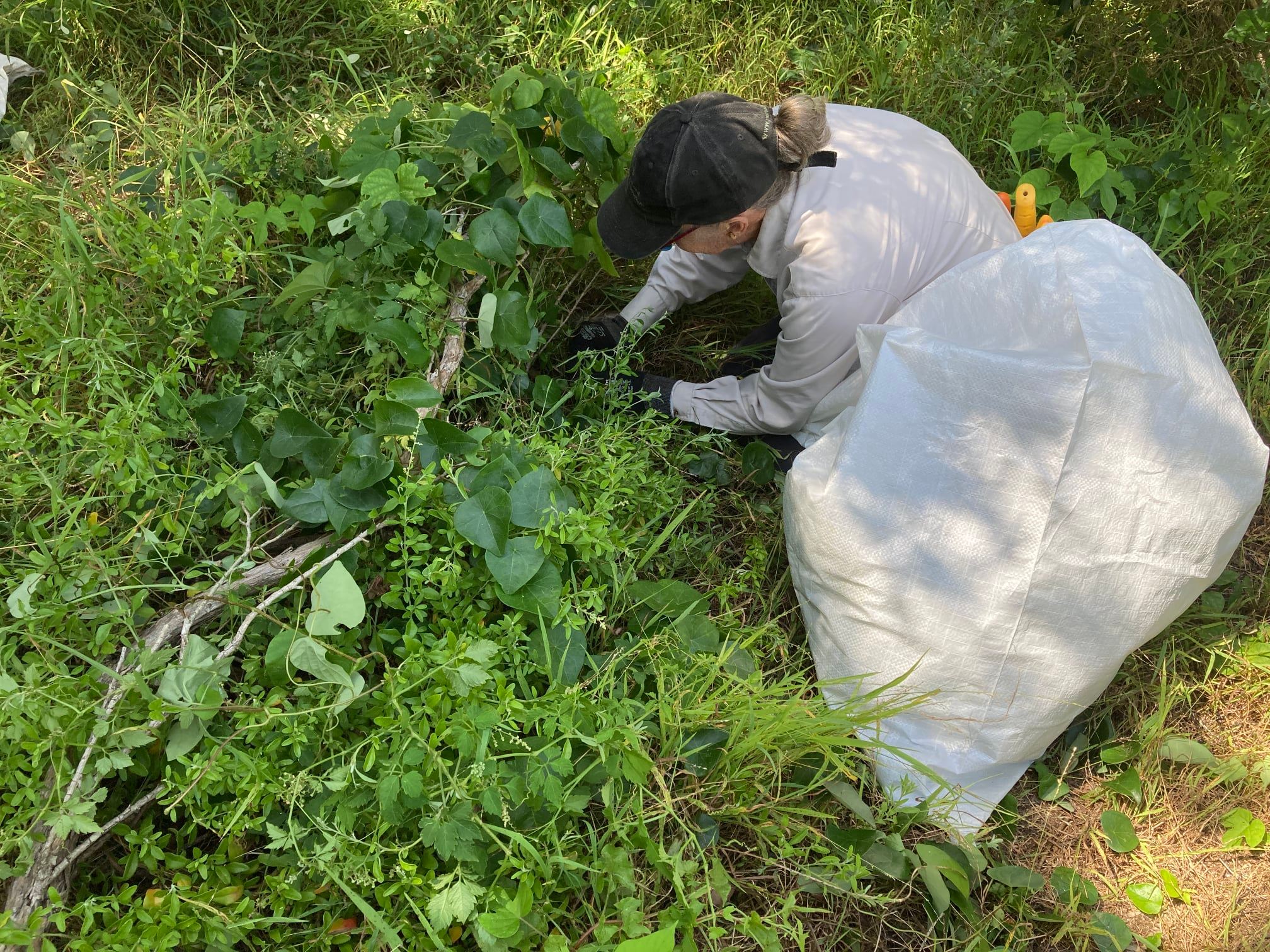
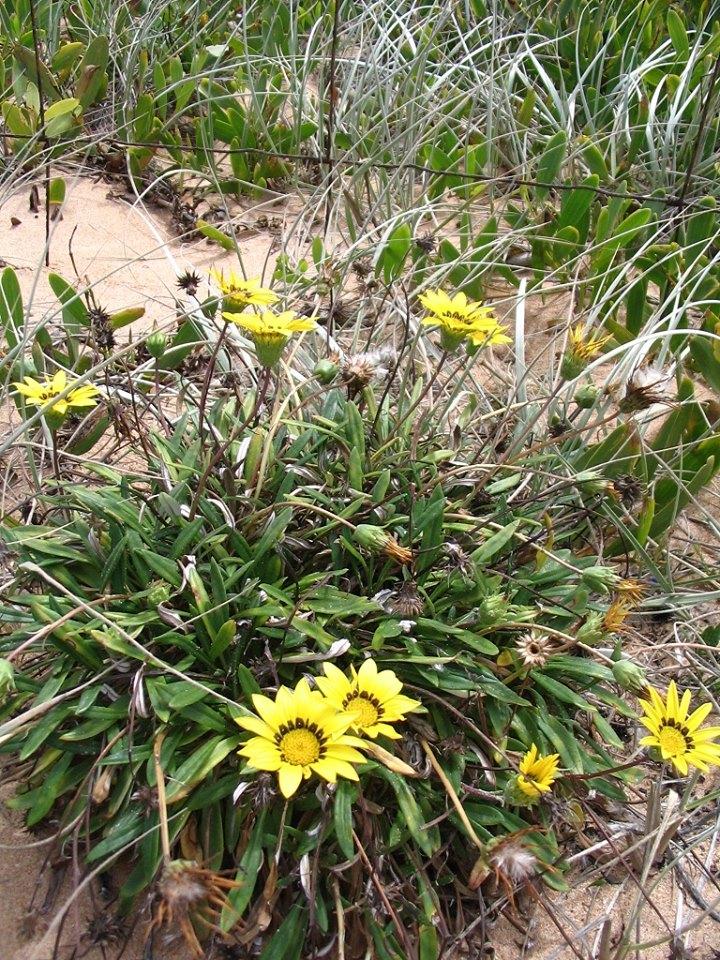
Wyong Wallarah Coal Mine And 'Extinction Crisis' Statements On First Day Of 57th NSW Parliament
You regularly comment negatively on water from Wallarah 2 being put into the Central Coast drinking water supply. This idea is neither new or unique.
… the discharge waters exhibited acute and chronic toxicity to the freshwater cladoceranCeriodaphnia dubia at a variety of dilutions. It also caused significant inhibitory effects on growth of the freshwater green alga …
Those in power for decades knew they were creating a catastrophe, yet they have continued to approve the opening of coalmines, the building of more polluting toll roads and failed to show the leadership to move us beyond zero emissions. We simply do not have the luxury of ignoring the climate crisis any longer. We do not need to slow emissions; we need to stop them. This means we cannot burn more coal, drill for more gas and clear more forests. Those with the power to act have not listened. It is time to listen to the true leaders in our community. It is time to listen to the voices on the streets and the communities who are leading the fight, breaking the rules and forcing those in power to finally listen to the experts and act. It is time to follow the lead of the student climate strikers, the seed mob and the climate activists who occupied Federal Parliament. It is time to follow the lead of the Knitting Nannas and all of those who have taken non-violent, direct action to stand up for their local communities, for our humanity and for our planet.
To those who have engaged in civil disobedience and put climate crisis front and centre on the agenda I say join the extinction rebellion, because we can no longer wait for governments to act to address the serious climate change crisis that has emerged. To all of those people who have been shouting in the streets and standing there in protest, I hear you, and The Greens hear you, and we will continue to give you a voice in this place. Swedish teenager Greta Thunberg began walking out of school on Fridays and sparked a global movement. She said to the British Parliament:
'We children have not taken to the streets for you to take selfies with us, and tell us that you really admire what we do. We are doing this to wake the adults up. We children are doing this for you to put your differences aside and start acting as you would in a crisis.'
NSW Parliament: Party Representation
State Of The NSW Environment 2018 Report Released
- Air quality is generally good, drinking water quality has been maintained at a high quality and the recreational water quality of our beaches continues to be good.
- The overall rate of greenhouse gas emissions has fallen 18.5% since 2005.
- Electricity generation from renewable resources has more than doubled from 6% in 2007 to 16% in 2017 and growth has accelerated rapidly over the past three years
- The NSW economy is predominantly services based and there is evidence that economic growth is ‘decoupling’ from the use of environmental resources.
- The NSW Government’s $802.5 million Waste Less, Recycle More program has continued to be effective in managing waste, with littering down and new recycling facilities opening for problem wastes.
- About 9.5% of NSW is conserved in the public reserve system. Although the rate of new reservations has slowed, with around 32,000 ha being added to reserves since 2015, there is a greater focus on off-reserve conservation.
- The growing population of NSW continues to exert pressure on the environment. Innovative ways to use our natural resources more sustainably and to protect fragile ecosystems must continue to be found.
- The effects of climate change are already evident but these will become broader and intensify in the future.
- The number of species listed as threatened in NSW continues to rise. These species are at the greatest risk from threats including vegetation clearing, the spread of invasive species and the mounting impacts of climate change.
- NSW is still heavily dependent on non-renewable sources of energy such as coal for power generation. Transport has become the largest (and fastest growing) sector for energy use.
- The condition of most native vegetation is deteriorating.
- Our love of the coast continues to put pressure on the condition of coastal estuaries and lakes.
Extracts From State Of The Environment 2018 Report
- land-based mammal species (60% of all species are threatened)
- amphibian species (35% are threatened)
- birds (31% are threatened).
- marine
- shoreline
- terrestrial
- wetland.
- nativeness (the proportion of native versus introduced fish)
- expectedness (the presence of native fish species compared to historic distributions)
- the recruitment of juvenile fish.
- only 13% of the sites sampled (mainly coastal rivers) were free from introduced fish
- 4% contained only introduced fish.
- 36% of all the fish species collected
- 37% of total fish numbers
- 58% of total fish biomass (DPI data 2015–17).
- Saltmarsh in estuaries - 17% of estuaries have shown a decrease in areas of saltmash since 1985
- 45 marine species are listed as threatened under NSW legislation
- 84% of monitored swimming sites scored very good or good for recreational water quality in 2016–17
- 21 marine seabird species (there are also 16 other marine birds including shorebirds, waders, eagles and hawks)
- seven marine mammal species
- seven fish species
- three reptile species
- four marine invertebrate species
- two macroalgae species
- one marine vegetation species.
Landmark Rocky Hill Judgement Stands
“It’s been a long, arduous – but ultimately successful – road. It’s a sweet moment for our client and a huge win for the lawyers who have toiled long and hard on their behalf. The judgement is a game changer – both for what it says about climate change and also social and cultural heritage impacts. There’s no longer any doubt hanging over the legality of that decision. The focus must now shift to the Government’s response, which should be to codify the reasoning adopted by Chief Judge Preston, providing certainty to industry and other communities like the one in Gloucester”
“The community of Gloucester and most importantly the affected residents are absolutely delighted that they can now get on with their lives. The uncertainty and anxious waiting is over. The decade-long fight to protect our homes, families and the beautiful Gloucester valley has been arduous and distressing. The community can now move forward with progressive and sustainable industry. Indeed, since the news in early 2016 regarding AGL not proceeding with their 330-well gas field, then the refusal of the Rocky Hill coal mine, house prices have risen and housing stock as well as new builds are in hot demand. Tourism this Easter weekend was very strong. Service industries and light industrial business continue to grow.
“Gloucester has always been a desirable destination to visit, live and grow the economy. With climate change threatening the planet, we owe it to this and future generations to step away from fossil fuel, embrace renewables and work towards just transitions"
Grevillea Caleyi Bushcare May 2019
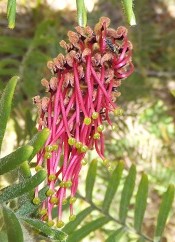 Next volunteer bushcare day will be on Monday the 27th of May, 2019.
Next volunteer bushcare day will be on Monday the 27th of May, 2019.Southern Highlands Community Welcomes Cockatoo Experts For The Big Glossy Weekender
.jpg?timestamp=1557428900531)
Sydney Wildlife Carers Course May 2019
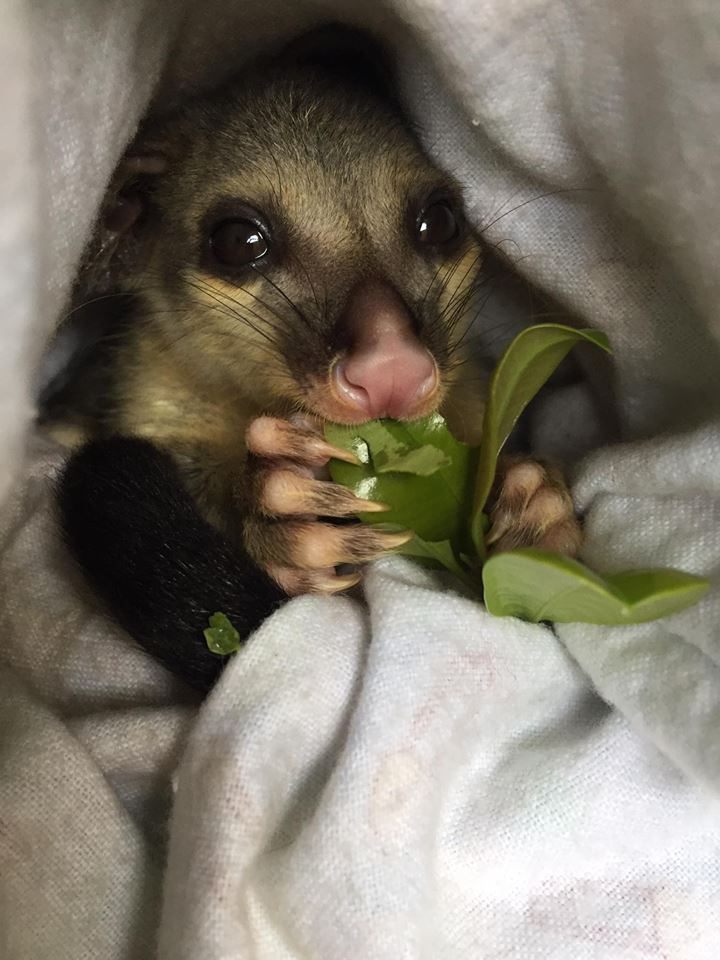
Organics Collections Grants Now Open
New Discovery Could Alleviate Salty Soil Symptoms In Food Crops
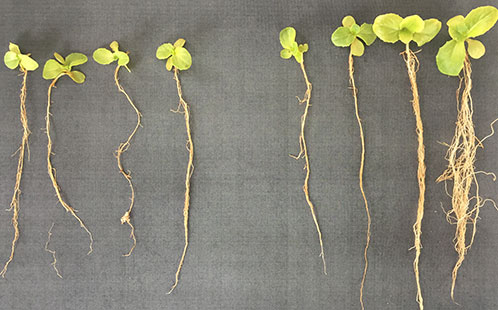
The Secrets Of Secretion: Isolating Eucalyptus Genes For Oils, Biofuel
Oldest Known Trees In Eastern North America Documented
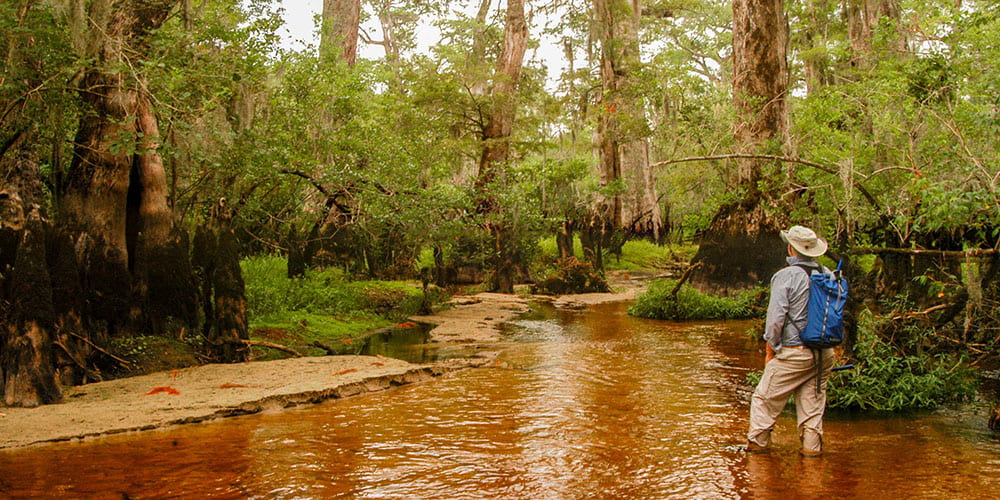
A Blind Teenager's Vision For Change That Made Australian History | Connor McLeod | TEDxYouth At Sydney 2019
How This 16-Year-Old Turned Ideas Into Global Solutions | Angelina Arora | TEDxYouth At Sydney 2019
How Youth-Led Movements Are Changing The World | Jean Hinchliffe | TEDxYouth At Sydney 2019
Premier’s Sporting Challenge Kicks Off
.jpg?timestamp=1557455797860)
Windcraft Pittwater Owners Rally 2019
By TeamWindcraft: Published on 10 Apr 2019
Help At Hand For Children With Allergies
- Recruitment of an additional eight specialist nursing staff for public allergy clinics, with six of those positions ongoing;
- Expansion of allergy and immunology services in Local Health Districts with additional education and training;
- More food and drug challenge appointments.
2019 Jan - Pittwater: Morning Bay Wharf
By funkylovetank: Published on 28 Jan 2019
'Impossible' Research Produces 400-Year El Niño Record, Revealing Startling Changes
May 6th, 2019: University of New South Wales
Melbourne: Australian scientists have developed an innovative method using cores drilled from coral to produce a world first 400-year long seasonal record of El Niño events, a record that many in the field had described as impossible to extract.
The record published today in Nature Geoscience detects different types of El Niño and shows the nature of El Niño events has changed in recent decades.
This understanding of El Niño events is vital because they produce extreme weather across the globe with particularly profound effects on precipitation and temperature extremes in Australia, South East Asia and the Americas.
The 400-year record revealed a clear change in El Niño types, with an increase of Central Pacific El Niño activity in the late 20th Century and suggested future changes to the strength of Eastern Pacific El Niños.
"We are seeing more El Niños forming in the central Pacific Ocean in recent decades, which is unusual across the past 400 years," said lead author Dr Mandy Freund.
"There are even some early hints that the much stronger Eastern Pacific El Niños, like those that occurred in 1997/98 and 2015/16 may be growing in intensity."
This extraordinary result was teased out of information about past climate from coral cores spanning the Pacific Ocean, as part of Dr Freund's PhD research at the University of Melbourne and the Centre of Excellence for Climate Extremes. It was made possible because coral cores -- like tree rings -- have centuries-long growth patterns and contain isotopes that can tell us a lot about the climate of the past. However, until now, they had not been used to detect the different types of El Niño events.
This meant El Niño researchers were constrained by what they could say about El Niño behaviour because the instrumental record was too short and it was hard to judge whether recent decadal changes were exceptional.
"By understanding the past, we are better equipped to understand the future, especially in the context of climate change," said Dr Freund.
"Prior to this research, we did not know how frequently different types of El Niño occurred in past centuries. Now we do," said co-author from the Centre of Excellence for Climate Extremes Dr Ben Henley.
The key to unlocking the El Niño record was the understanding that coral records contained enough information to identify seasonal changes in the tropical Pacific Ocean. However, using coral records to reconstruct El Niño history at a seasonal timescale had never been done before and many people working in the field considered it impossible.
It was only after Dr Freund took her innovative approach to a team of climate scientists and coral experts: Dr Ben Henley, Prof David Karoly, Assoc Prof Helen Mcgregor, Assoc Prof Nerilie Abram, and Dr Dietmar Dommenget that they were able to proceed with the idea.
While the approach was considered challenging, leading Australian experts on past corals, Dr Mcgregor and Assoc Prof Abram, said that, while the approach might be unconventional, it was worth a shot.
After carefully refining the technique to reconstruct the signature of El Niño in space and time using new machine learning techniques, the scientists were able to compare recent coral results with the instrumental record. Dr Freund found a strong agreement between the coral cores and recorded events. This confirmation allowed the team to extend the record back in time.
Dr Freund and her team found there has been an unprecedented increase in the number of El Niños forming in the Central Pacific over the past 30 years, compared to all 30 year periods in the past 400 years.
At the same time, the stronger Eastern Pacific El Niños were the most intense El Niño events ever recorded, according to both the 100-year long instrumental record and the 400-year long coral record.
As a result, Australian researchers have produced a world-first seasonal El Niño record extending 400 years and a new methodology that will likely be the basis for future climate research.
It took three years of hard work to achieve the result and now Dr Freund and her team are excited to see how this work can be built upon.
"The El Niño phenomenon is one of the most important features of global climate, and changes to its behaviour have very serious implications for weather patterns and extreme events around the world," said Dr Henley.
And that centuries-long record opens a door not just to past changes but changes to El Niños in the future as well.
"This gives us an opportunity to more accurately explore how global warming may change El Niños and what this means for future weather and climate extremes," said Dr Henley.
"Having a better understanding of how different types of El Niños have affected us in the past and present, will mean we are more able to model, predict and plan for future El Niños and their wide-ranging impacts," said Dr Freund.
Mandy B. Freund, Benjamin J. Henley, David J. Karoly, Helen V. McGregor, Nerilie J. Abram & Dietmar Dommenget. Higher frequency of Central Pacific El Niño events in recent decades relative to past centuries. Nature Geoscience, 2019 DOI: 10.1038/s41561-019-0353-3
The Winning Sand Sculpture Of 2019’S Texas Sand Sculpture Festival

Historic Reform To Protect Most Vulnerable
The Art Of The Circus: Cartwheeling Kids To Better Mental Health
May 9th, 2019: University of South Australia
From tightrope to trapeze, circus arts have long fascinated and inspired people of all ages. Now, research from the University of South Australia is revealing the true value of circus skills and their unique ability to deliver significant mental health benefits for Australian children.
The new study has identified that children's circus skills programs deliver a quantifiable social return on investment by a significant rate of 1:7.
Lead researcher, UniSA's Dr Richard McGrath says the finding is potentially life-changing, particularly given the prevalence of mental health conditions.
"Mental illness has risen alarmingly in Australia with one in five adults and one in seven children experiencing a mental illness in any one year," Dr McGrath says.
"Our research shows that for every dollar invested for a child in a circus training program, seven dollars are potentially saved in their future mental health costs.
"Australia's national spending on mental health is around $9.1 billion, making any savings amid an ever-tightening public purse especially timely."
The UniSA study used an internationally recognised methodology, and qualitative and quantitative research tools to track the experiences of 55 children (aged 8-14 years) across a six-month Cirkidz Tweenz program, where children had the opportunity to learn, improve and extend new skills in acrobatics, balance, juggling and aerial activities.
Dr McGrath says after participating in the circus program children showed significant improvements in four areas of mental wellbeing: stress relief; self-esteem; confidence; and socialisation.
"Children reported that circus training helped them feel much better about themselves, both physically and mentally," Dr McGrath says
"They felt a greater sense of freedom, confidence and happiness, far less worry and stress than when they first started the program and reported feeling brave and proud of their achievements."
Dr McGrath says the study highlights the importance of supporting positive mental health initiatives from childhood to ensure lifelong societal and economic benefits.
"The early and middle years of childhood are pivotal for positive cognitive development throughout life, resulting in healthier societies," Dr McGrath says.
"Healthier societies can mean a reduction in lifestyle-related illnesses and can potentially reduce our reliance on healthcare resources. Furthermore, healthier societies have been shown to be more economically productive.
"Given that about half of all serious mental health issues in adulthood begin before the age of 14, we should be considering more initiatives that focus on this younger age bracket.
"Without doubt, the economic cost of mental illness in Australia is high -- statistics show that it's equivalent to around four per cent of GDP or about $4000 for every tax payer each year.
"If we want to address these issues, we need to start exploring the value and contribution of unique programs -- like circus skills -- so that we can ensure happier children now, and healthier adults and communities in the future."
Richard McGrath, Kristen Stevens. Forecasting the Social Return on Investment Associated with Children’s Participation in Circus-Arts Training on their Mental Health and Well-Being.International Journal of the Sociology of Leisure, 2019; 2 (1-2): 163 DOI: 10.1007/s41978-019-00036-0
Dementia Residents Suffer Under Poor Staffing Numbers
Eye's Vulnerability To Macular Degeneration Revealed
May 7th, 2019
Scientists have found significant differences in the shape and biology of the same type of cell taken from different parts of the retina, according to a study in eLife.
The results could help explain why the macula region of the eye is more susceptible to disease than the peripheral retina and reveals a protective mechanism that may be disrupted in disease.
The macula is a specialised region within the retina that can be severely affected by diseases of the eye, such as age-related macular degeneration and diabetic retinopathy. This study looked at Müller cells, the major glial cells of the retina which are present in both the macula and peripheral retina and play important roles in nerve-cell function, metabolism and activating light receptors in the eye. Recent reports suggest that Müller cells are the major production site for two essential amino acids -- serine and glycine.
"The importance of Müller cells for normal retinal function suggests that their dysfunction contributes to many eye diseases, such as diabetic retinopathy and macular telangiectasia," explains co-first author Ting Zhang, Research Fellow at the Save Sight Institute, University of Sydney, Australia. "But whether the function of Müller cells differs in the macula and the peripheral retina was previously unknown. We set out to investigate the features of Müller cells from these two locations, with a particular focus on their production of serine and glycine."
The team started by isolating Müller cells from eye tissue provided by healthy donors and growing them in the lab to study the cells' features. They found that Müller cells from the macula were small and spindle or star-shaped, while those from the peripheral retina were much larger and had multiple processes.
Genetic analysis of the cells revealed 7,588 genes that had different levels of expression between the two cell types. Moreover, activity of key genes related to serine production, such as the enzyme phosphoglycerate dehydrogenase (PHGDH), was higher in the macular Müller cells than in those from the peripheral retina. "This finding is particularly important because a recent study reported that the serine metabolic pathway may play an important role in macular telangiectasia through defects in PHGDH," says co-first author Ling Zhu, also a Research Fellow at the Save Sight Institute, University of Sydney.
To study how different levels of PHGDH affect serine production, the team used radioactively labelled serine to trace its metabolism in the isolated Müller cells. Serine was converted into glycine at a higher rate in Müller cells from the macula than those from the peripheral retina, although the reverse reaction happened at a lower rate. Macula Müller cells also metabolised certain other molecules differently compared with Müller cells from the peripheral retina.
Finally, they tested the effect of blocking the PHGDH enzyme on the Müller cells' ability to withstand stress. They found much higher levels of cell toxicity in the Müller cells from the macula than in those isolated from the peripheral retina when PHGDH was blocked. Further investigation suggested this could be due to depletion of the protective molecule glutathione alongside a higher level of toxic reactive oxygen species in the macular Müller cells.
"We have found distinct differences between two populations of Müller cells which explain the unique metabolic functions of the human macula," concludes senior author Mark Gillies, Professor of Clinical Ophthalmology and Eye Health at the University of Sydney. "The differences in serine production from the two regions of the eye are consistent with the idea that macular telangiectasia is a disease of macula Müller cells. A better understanding of the unique biology of these cells could help to prevent and treat sight loss in future."
Ting Zhang, Ling Zhu, Michele Catherine Madigan, Wei Liu, Weiyong Shen, Svetlana Cherepanoff, Fanfan Zhou, Shaoxue Zeng, Jianhai Du, Mark Cedric Gillies. Human macular Müller cells rely more on serine biosynthesis to combat oxidative stress than those from the periphery. eLife, 2019; 8 DOI: 10.7554/eLife.43598
Disclaimer: These articles are not intended to provide medical advice, diagnosis or treatment. Views expressed here do not necessarily reflect those of Pittwater Online News or its staff.